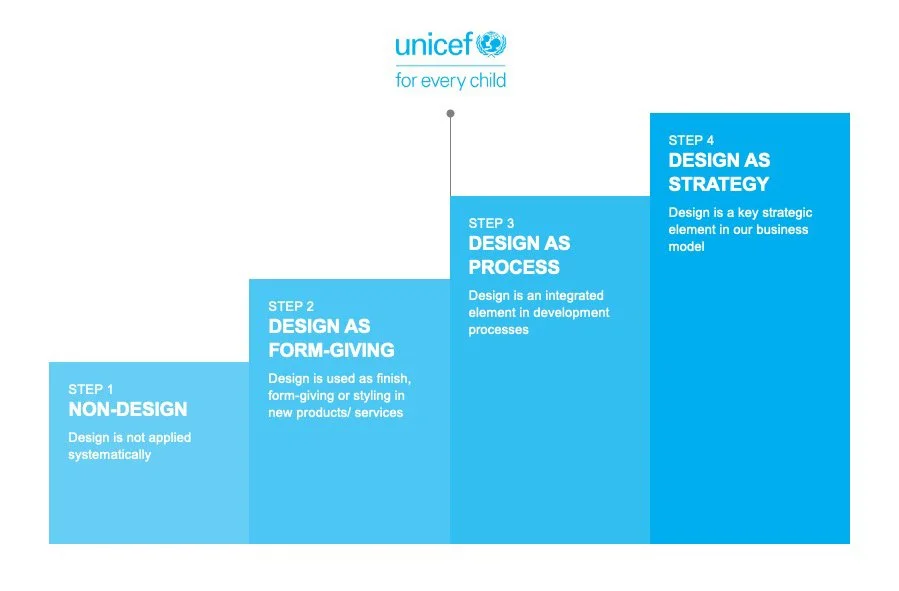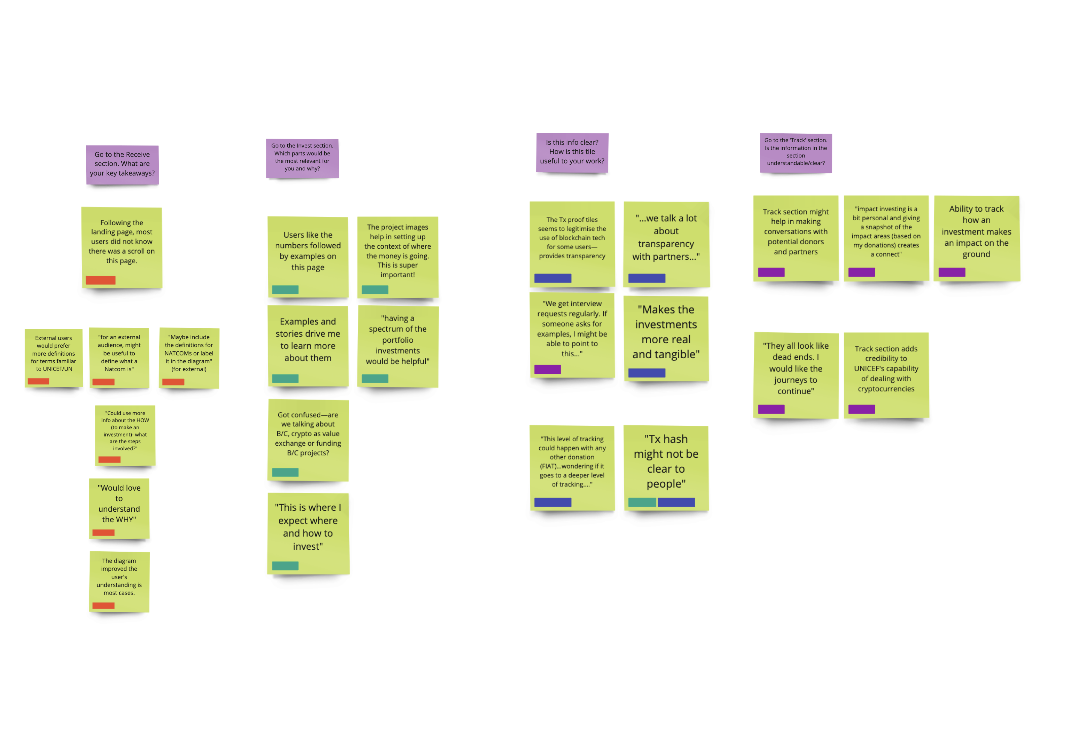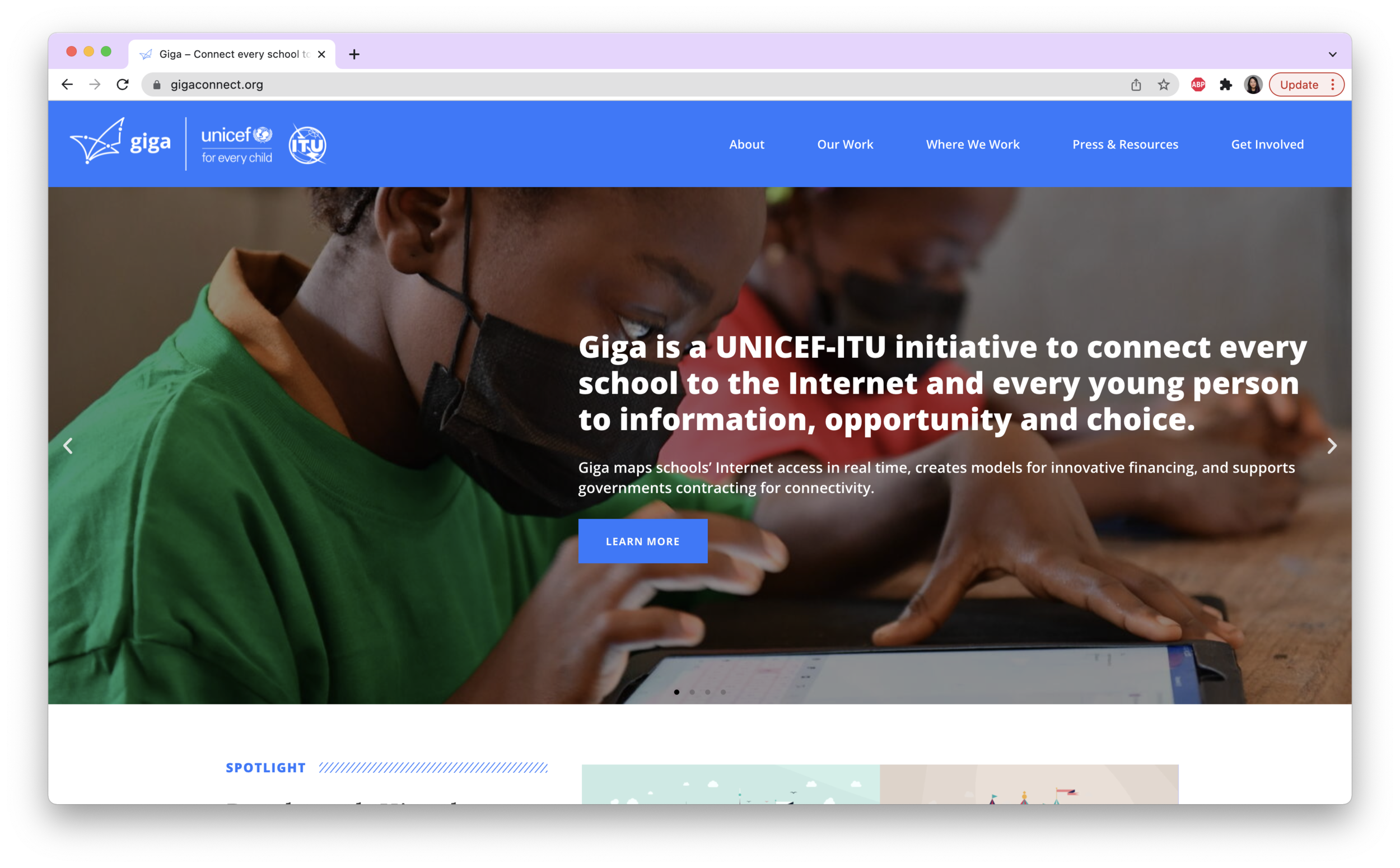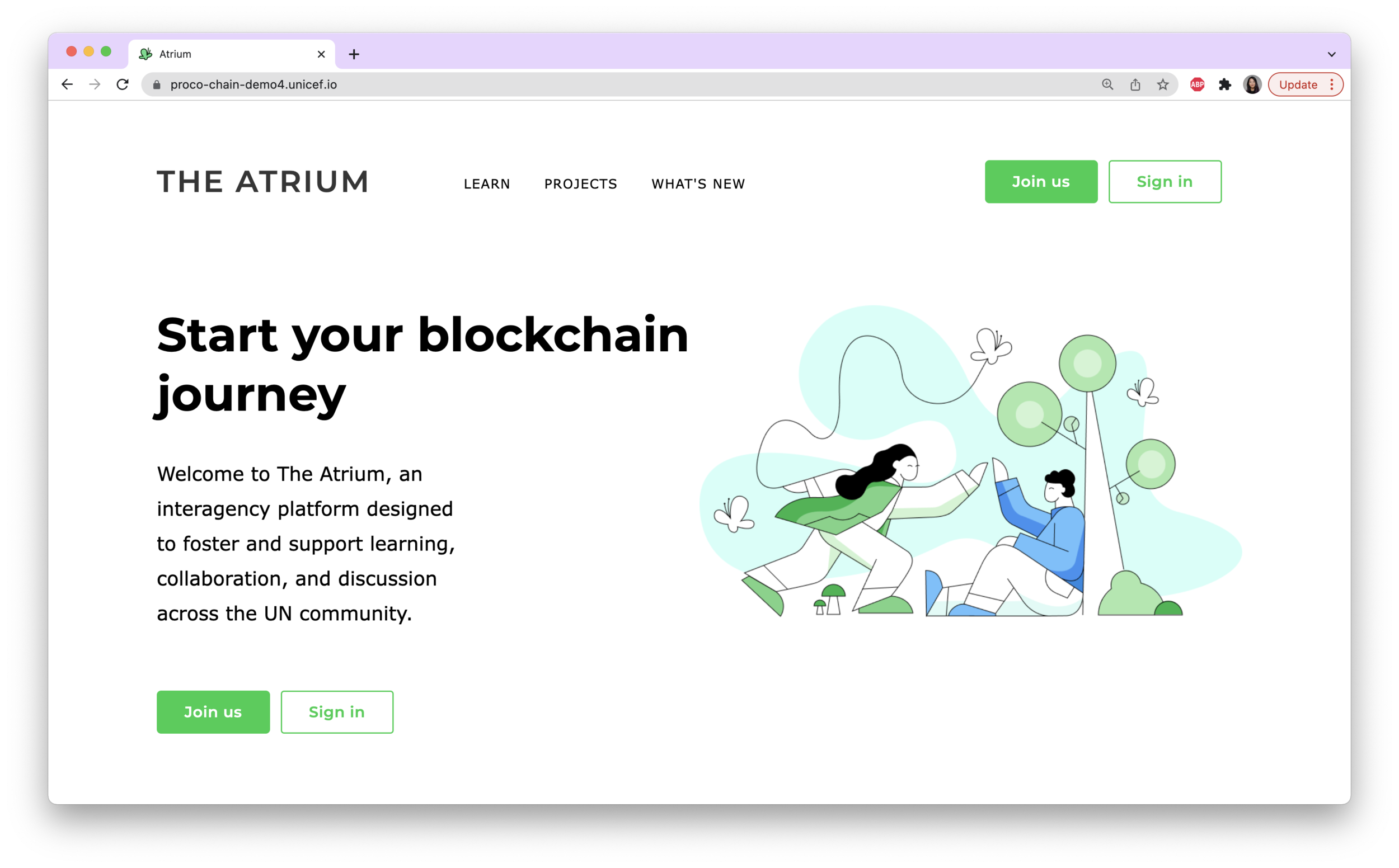In what ways might we build design research capacity in UNICEF’s Innovation team in order to improve early-stage digital product development?
UNICEF’s Office of Innovation is often tasked with de-risking innovations, testing new methods, and prototyping digital proofs-of-concept that have the potential to accelerate UNICEF’s work and improve results for children. However, these initiatives often have short timelines for rapid user testing and iteration, and these proofs of concept often receive limited resources compared to tangible solutions that are well understood by decision makers. Often, there are not enough designers or user researchers to help conduct research, evaluate outcomes, and make recommendations to improve digital solutions.
Key Audiences
UNICEF Innovation team members with technical expertise, but without product research/design backgrounds
Interviewees – create seamless remote user testing experience across a diverse range of connectivity situations, platforms, and comfort levels using technology
Design team – will synthesize results and present back to product teams to inform product roadmap and prioritize the integration of new features
Goals
Define a clear methodology for conducting rapid user research and testing for the Office of Innovation’s digital products
Build understanding of user research methodology and how to apply different research methods among Innovation team members
Foster a design mindset in the organization to reduce institutional barriers and, in the future, build capacity outside of the Innovation team
Barriers
In order to define a research process in the team, we first needed to address barriers to conducting robust user research and testing, including:
A limited understanding of design-intensive innovation across the organization
A lack of institutional tools available to easily conduct and analyze remote user research – need the ability to work with participants remotely to conduct more participatory activities and exercises, while adhering to the organization’s policies around security and data gathering
Teams without dedicated UX research capacity and/or access to external resources who need to develop and iterate on MVPs
Few design experts available to facilitate research sessions and synthesize outcomes
UNICEF’s position on the Design Ladder, a framework developed by the Danish Design Center (2001)
Approach
Addressing Institutional Barriers
To make remote research tools more accessible for colleagues, I worked with the IT team and the Strategic Foresight team to create a business case for making enterprise-level online visual collaboration tools such as Miro or Mural accessible to 1) UNICEF Innovation team members to test, and then 2) to the wider organization to use.
I also led advocacy work to socialize the value and role(s) of design-intensive innovation practices, including design research, within the organization. By making these systemic barriers visible to leadership, my goal was to advocate for more resources dedicated towards design research and other stages of design-intensive innovation when developing prototypes in the future.
Slides from Leading by Design: Re-envisioning the Design Function at the Office of Innovation, 2021
Building Capacity to address current needs
To build research capacity with limited resources, we worked together with each team to develop the research plan, identify goals, and develop a research methodology. Then, I worked with our UX/UI Specialist as well as a Senior Designer on developing templates to facilitate remote user interviews such as:
Email templates for contacting participants
User research scripts
Slide deck template for remote user research sessions
Templates for specific research and testing methods such as card sorting, journey maps, semistructured interviews, and System Usability Scoring
After having non-design team members shadow the design team for the first user interview, we then had team members co-facilitate subsequent user interview sessions.
Example of slide deck template for remote user research for the CryptoFund. This research was conducted with the Blockchain team.
Once data collection was complete, we worked with the teams to synthesize outcomes that would be used to define and guide the next steps of their product roadmaps. Once this process is complete, teams are often able to structure and conduct future user interviews and testing sessions with minimal oversight from the design team.
Sample of synthesis done in Miro
CryptoFund website
Impact
This process has been used for several digital products at OoI. UNICEF is currently in the process of defining the next stages of our design-intensive innovation practices on a larger scale. As our practice evolves, we will continue focusing on ways to build design research capacity across the organization to better inform the design of future digital products and services.
Products that have used this process include:
UNICEF’s Innovation Fund website
Giga website 2.0
Project Connect website
The Atrium website











